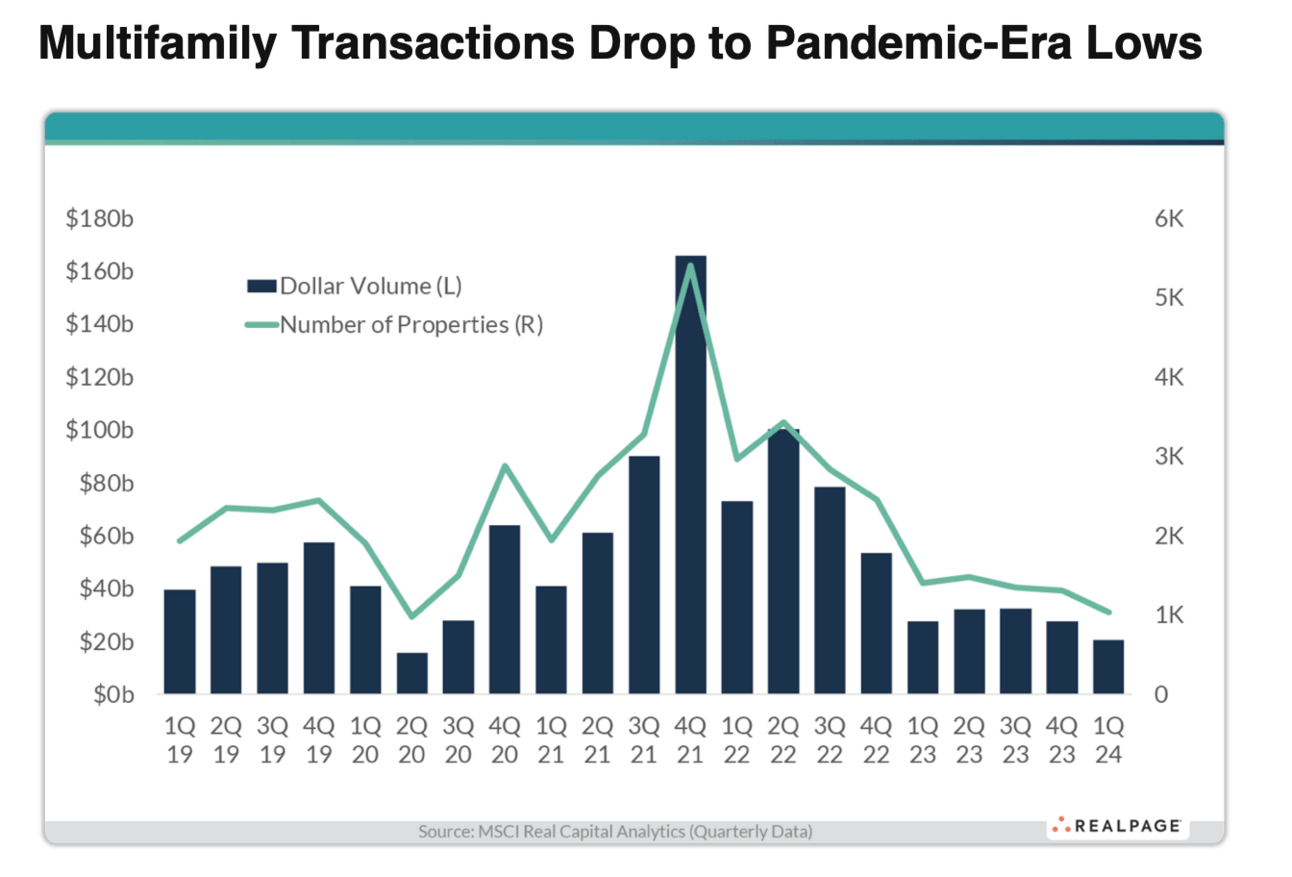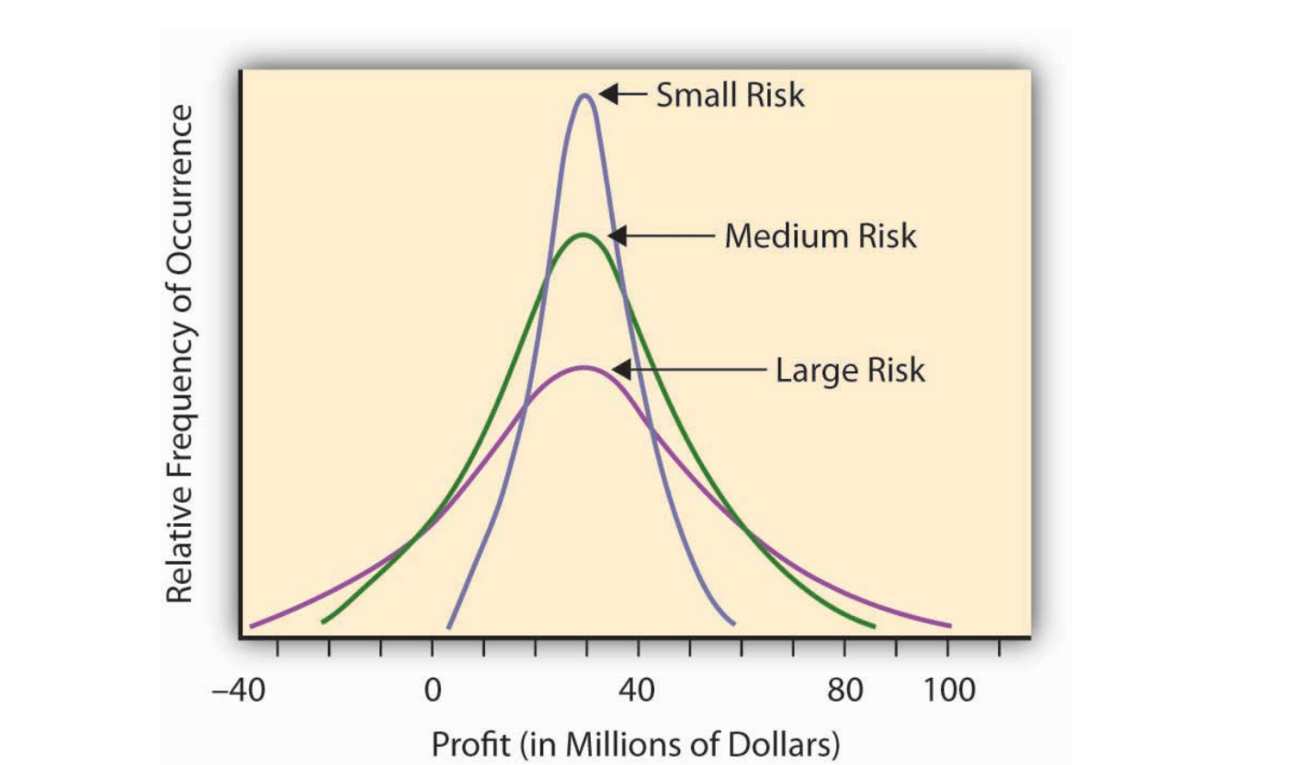- Real Estate Observer
- Posts
- The Attitude Cycle Part 1 "The Peak"
The Attitude Cycle Part 1 "The Peak"
Included: List of signals that the market is overheating
Real Estate Observer
This newsletter will provide frameworks & analysis you can use to confidently invest your capital in private market real estate. It is written from the perspective of someone who reviews many deals in search of one that fits my personal or my investor community’s preferences.
Written by: Clay Stanley
Before we get started, see below for some ways I can help when ready:
Access 1-2 of my Highest Conviction Deals for the Next 12 Months: Gain Access here.
Personal Deal Review from Clay: As a thank you for being a Real Estate Observer subscriber, if you’re considering a private real estate investment and would like a high level deal review, email me the pitch deck and any associated docs at [email protected].
For Fund Managers, Capital Allocators, or Sponsors: If you would like to present your opportunity to the Observer LP community, for free, please reply to this email to schedule a time to chat.
“The Attitude Cycle”
We should strive to be the “ideal” investor.
The best investors know that their ability to measure risk is undeniably the most important thing. So the question becomes, how should investors view and account for risk? How do other investors’ preferences shape your opinion on where we are in a market cycle?
In the series, The Attitude Cycle, we’ll break this down and provide actionable frameworks to use as you invest.
This is inspired from a famous, and great read by Howard Marks: Mastering the Market Cycle.
I began my career in 2020 working for a firm that handled the entire acquisition process of SFR/BTR with our sole client being a very large private equity shop. I was responsible for a few different markets and experienced the mostly unrestrained pursuit of real estate. I was an unknowing witness, and participant, to one of the euphoric times in real estate history. The last couple years have been a nice wakeup call.
Fortunately for that group, they are extremely well capitalized and can handle the interest rate increase and everything else that’s been thrown at commercial/multifamily real estate the last few years.
Some lower-middle market real estate groups & retail LPs are not in the same position unfortunately. Limited partners are dealing with capital calls, full & partial loss of capital, and a lot of uncertainty regarding their position in these deals. I have seen others’ pain and want to study it in hopes to avoid it in the future.
It’s always interesting to me when I hear people discuss how slow its been the last 24-36 months, and how deals don’t pencil in today’s environment.
I completely agree, it’s tough, but all else equal there appears to be considerably less risk in today’s market than there was at the peak, 2021-2022. Prices are down, the likelihood of even higher interest rates is relatively low, and supply is dropping off in multifamily.
Yet, placing dollars in today’s environment can feel very uncertain and we are of course seeing this with capital flows and transaction volume, which are well off the peak and below pre pandemic levels.
Why was the time with the most capital available (2021), the same time most were “sure” of a project’s success, one of the absolute worst times to invest?

A person’s underlying risk tolerance (their fundamental willingness to take on risk) might be relatively stable but their risk-taking behavior and attitude risk can change dramatically with market conditions.

Looking at the small risk line, most of the outcomes would occur over a smaller range of “expected profits” You might not have huge upside potential, but you probably won’t be left without your principal investment either.
Whereas, if you took the large risk option, you have plenty of chance of losing money, while also having the opportunity for a great return. Higher risk just means there is a wider range of outcomes.
For every incremental increase in risk, the incremental expected return must go up to compensate for said risk, otherwise why would anyone invest in it?
Inevitably, us humans have to mess it all up. The pendulum of the attitude of our risk swings. Sometimes our perception of risk is too high or too low relative to what is actually present in the market and we end up making poor decisions.
Sayings like these capture the attitude of a hot market:
“This demand will continue, it has to, supply is not a problem”
“Rent growth will continue at high single digit rates”
“Interest rates will stay low forever”
While much of the market thought in similar fashion to the above statements, the actual risk was boiling up, and few people cared or recognized it.
Signs of a market that is getting too hot:
Overconfidence: Early successes, particularly for those who bought low, lead to a belief in their own infallible market timing and judgment.
Complacency: The fear of loss diminishes significantly. Investors become less diligent in their due diligence, overlooking red flags.
Euphoria and FOMO (Fear of Missing Out): As prices continue to climb, a widespread frenzy takes hold. When your Uber driver starts talking about how much money you can make in real estate, it might be time to sell.
Ignorance of Fundamentals: The focus shifts from the intrinsic value of a property (its ability to generate income or provide shelter at a reasonable cost) to its speculative value
Excessive Leverage and Debt: Easy access to credit, often with relaxed lending standards, encourages investors to take on massive amounts of debt. They leverage their existing properties to acquire more, believing that ever-increasing values will always cover their debt obligations.
Ignoring Due Diligence: The "get rich quick" mentality means investors may bypass thorough inspections, financial analysis, or market research. They rely on anecdotes, media hype, or the perceived "sure thing" of rising prices.
Overbuilding: Developers, fueled by robust demand and easy financing, often accelerate construction. This can lead to an oversupply of properties, particularly in specific sub-markets, which can eventually saturate the market and put downward pressure on prices when demand inevitably wanes.
Any of that sound familiar?
We’ll pick this up next week. Have a great July 4th! 🇺🇸
Reply